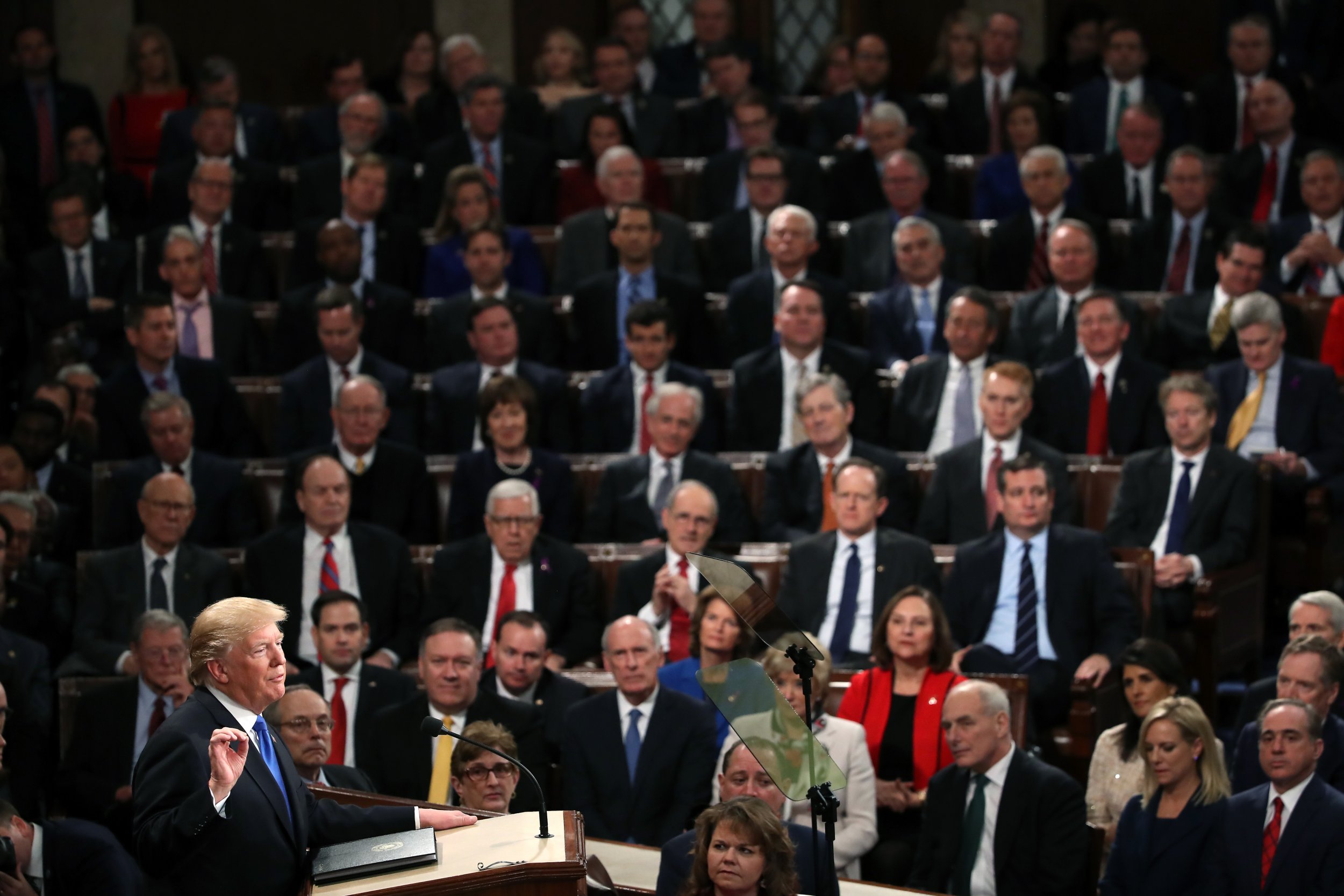
U.S. government spending on the interest costs of rising federal debt will soon force lawmakers to choose between competing spending on health care and education programs, according to the Wall Street Journal.
Interest costs on the 2017 federal debt of $263 billion accounted for 6.6 percent of all U.S. government spending and a 1.4 percent share of the country's GDP. But the Congressional Budget Office predicts interest spending will spike to $915 billion by 2028, or about 3.1 percent of the gross domestic product. Guided by Congress' federal spending boost of $300 billion earlier this year and the Trump administration's individual income tax cuts, a divided Congress will soon be forced to spend more on interest than Medicaid, national defense and a host of other government programs.
Analysts note the $1.5 trillion tax cut enacted last year and the two-year budget agreement to boost federal spending by $300 billion is pushing up deficits. But at the same time, interest expenses on the federal debt are climbing as bond yields rise.
By 2020, the government is on track to spend more on interest than it spends on Medicaid, and by 2023, more than on national defense, and by 2025, the government will spend more on debt interest than every nondefense discretionary federal program combined.

In the next five years, about 70 percent of federal debt will mature and need refinancing at higher interest rates.
"The fact that interest is the fastest growing part of the budget and is on track to eclipse other important pieces of the budget—for instance, spending on children—is going to cause more hesitation just to charge every single item," Maya MacGuineas, the president of the Committee for the deficit watchdog group, Responsible Federal Budget, told the Journal.
Debt is rapidly becoming a larger share of the country's GDP and federal debt as a share of the country's gross domestic product is expected to rise over the next decade. The current share of 78 percent at the end of this year is the highest since the end of World War II and CBO projections show this share will balloon to 96.2 percent by 2028.
According to borrowing estimates, the U.S. Treasury is set to issue twice as much debt in 2018 as it did last year.
The Treasury Department announced last month it also expects to issue $1.34 trillion in debt by the end of 2018, the most issued since 2010. The agency said increased spending this year was prompted by outlays for net interest on the public debt rising 20 percent in the 2018 fiscal year.
Uncommon Knowledge
Newsweek is committed to challenging conventional wisdom and finding connections in the search for common ground.
Newsweek is committed to challenging conventional wisdom and finding connections in the search for common ground.
About the writer
Benjamin Fearnow is a reporter based out of Newsweek's New York City offices. He was previously at CBS and Mediaite ... Read more
To read how Newsweek uses AI as a newsroom tool, Click here.








